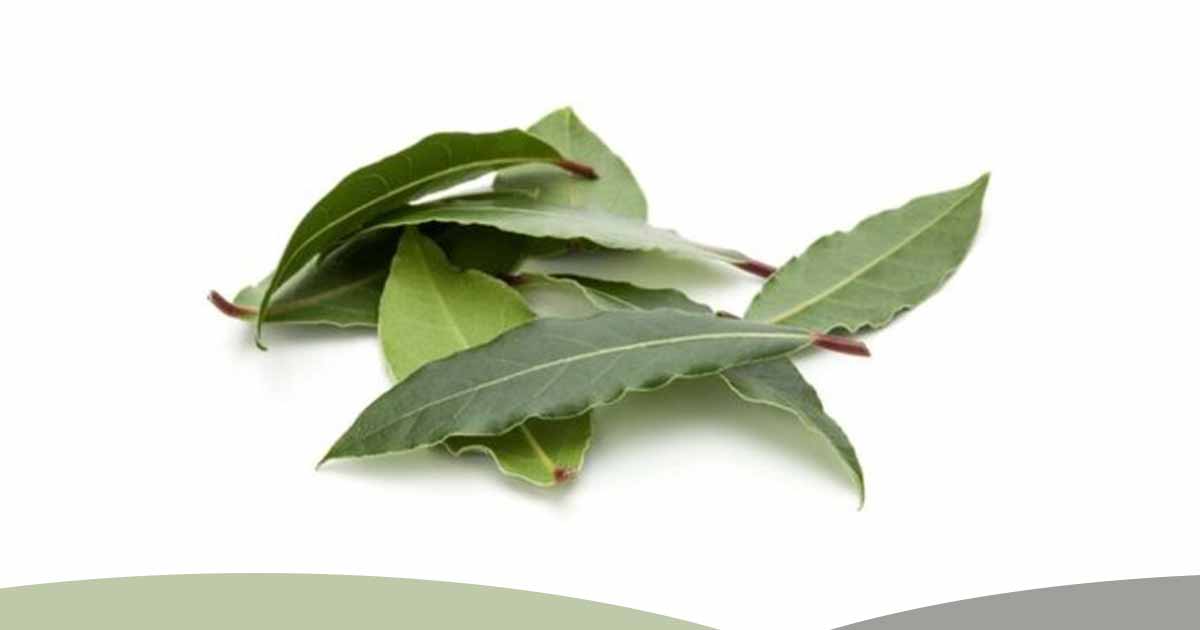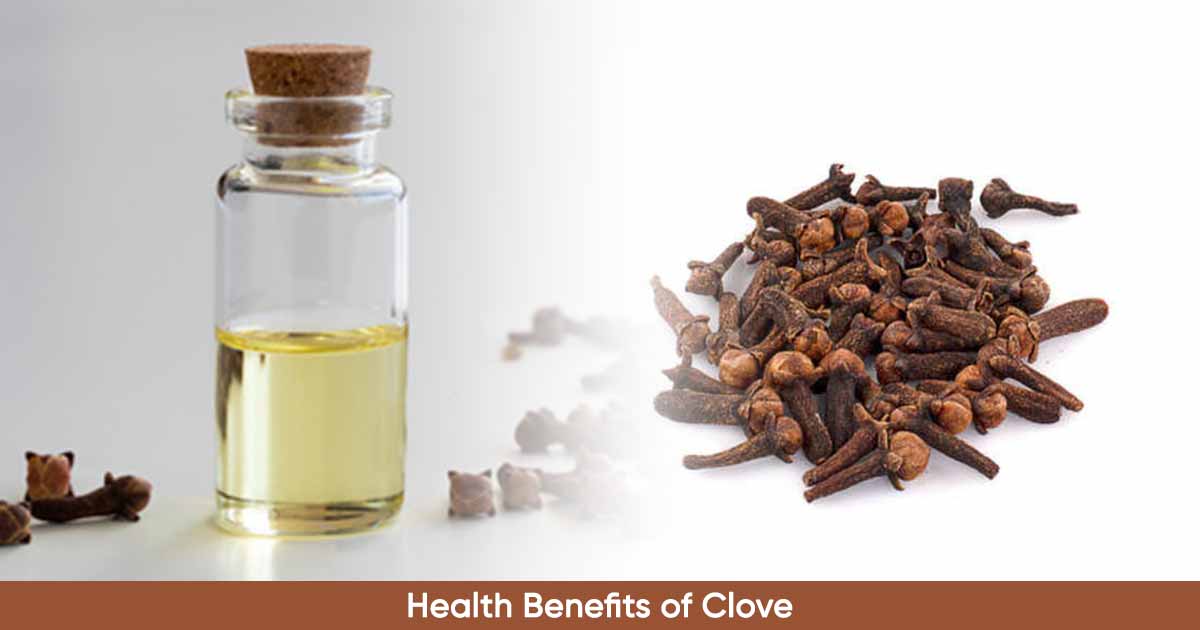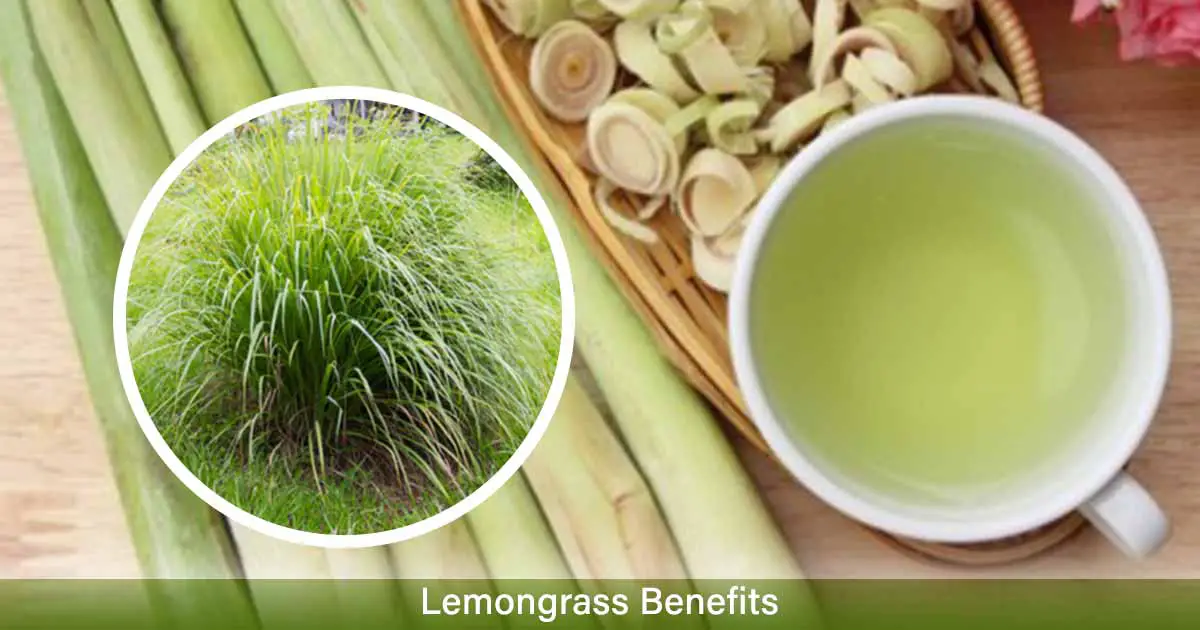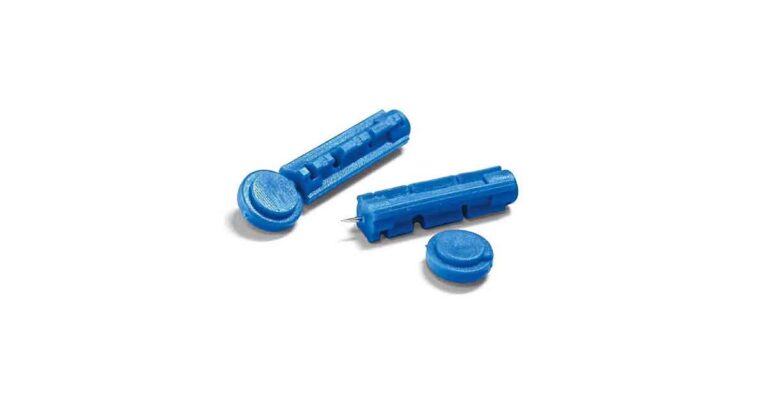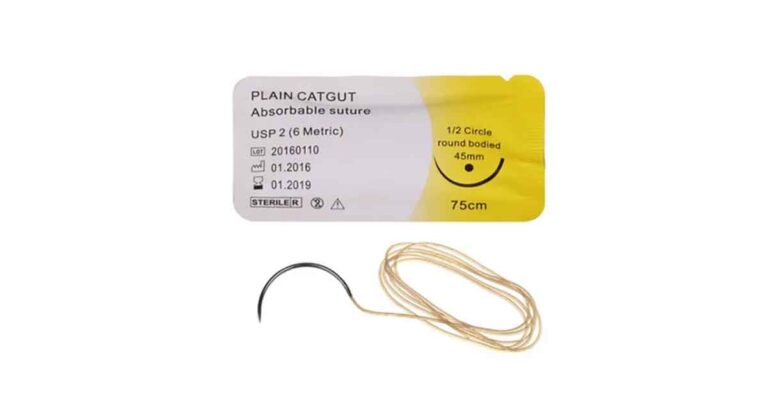Bay leaf, known as Laurus nobilis, sweet bay, laurel leaf, leaf of the sweet bay tree, is a popular perennial herb used in numerous cuisines around the world for its distinctive flavor and aroma. It is an evergreen plant that belongs to the family laurel (Lauraceae). It has been cultivated throughout European, tropical, subtropical, and Asian countries.
Bay leaf is grown in different geologic and climatic conditions. Wet, sandy soil that has a large amount of water or some moist atmospheric conditions close to the sea shore are optimum and the best conditions for rapid rampant growth.
It has been used for thousands of years for food seasoning and flavoring, essential oil applications, and in traditional medicine. The herb is fragrant but also has bitter taste.
Bay leaf spice has a sharp and bitter taste. The difference in fragrance and aroma is due to the presence of essential oils in leaves and other parts of the plant.
Bay leaf can be integrated with a variety of other herbs including cloves, thyme, tomato, mustard, parsley, paprika, sage, and pepper for use in soups, stews, as well as with fish, vegetables, and meat. The leaves of the bay have a camphor-like flammable oil that can be utilized as a coolant.
Roasting of bay seeds provides them a coffee-like flavor, and by extracting pungency, they develop to crispy and brown. Small bay leaves are used in salads, rice, and vegetarian dishes. Its woody branches can be used in steamed meat, drinks, and soups. They are usually removed from food before serving because of its tendency to overshadow the taste of the meal.
The leaves can also be crushed before use as they have more fragrance. The fresh leaves can also be used in making tea, dishes, or dried under the shade to remove the bitterness. Drying under the sun can cause the loss of the essential oils.
Different Type of Bay Leaf
The main varieties of bay leaf are:
- Bay laurel (Laurus nobilis lauraceae): also called Mediterranean bay leaves. Both fresh and dried leaves are used to flavor soups, stews.
- Indian Bay Leaf (Cinnamomum tamala): Has similar appearance to bay laurel. However, the taste is similar to cinnamon bark.
- Indonesian Bay Leaf or Indonesian laurel (Salam leaf, Syzgium polyanthum, Myrtaceae): Native to Indonesia, mostly used for meats.
- California Bay Leaf (Umbellularia californica): Also called California laurel, pepperwood and Oregon myrtle. It is similar to Mediterranean bay laurel but with stronger flavor.
- West Indian Bay Leaf (Pimenta racemosa, Myrtaceae): Used to produce cologne called bay rum.
Bioactive Compounds in Bay Leaf
Bay leaf contains tannins, flavones, flavonoids, alkaloids, anthocyanins, citric acids, steroids, triterpenoids, and essential oils like cineol, eugenol, chavicol, linalool, methyl eugenol, phellandrene, elemicin, acetyl eugenol, ß-pinene, geraniol, and terpineol.
The degree of each of these chemical constituents varies depending on the type of species or cultivars as well as cultivation conditions such as soil type, weather, irrigation, pruning, and other horticultural practices.
Tanine or tanat acid is separated from some parts of plants, It is a cream-colored powder, aromatic, with astringent flavor. Tanine is used as an astringent for the gastrointestinal tract or skin and can induce precipitation of the cell membrane protein. It also has a little penetration activity, so it can influence the permeability of the cell membrane.
Nutritional Content of Bay Leaf
Bay leaf has traces of fats, so it has low caloric value. It contains proteins, carbohydrates, dietary fibers, and calories.
Bay leaves are a rich source of vitamins such as vitamin A, vitamin C, folic acid, pyridoxine, riboflavin, niacin, pantothenic acid, and minerals such as iron, potassium, copper, zinc, selenium, manganese, and magnesium. Also, frequent inclusion of bay leaves in meals promotes general health. B
| Nutrition | Amount |
| Water | 5.44 g |
| Energy | 313 kcal |
| Protein | 7.61 g |
| Total lipid (fat) | 8.36 g |
| Ash | 3.62 g |
| Carbohydrate | 75 g |
| Dietary fiber | 26.3 g |
| Calcium | 834 mg |
| Iron | 43 mg |
| Magnesium | 120 mg |
| Potassium | 529 mg |
| Sodium | 23 mg |
| Zinc | 3.7 mg |
| Copper | 0.416 mg |
| Manganese | 8.17 mg |
| Selenium | 2.8 µg |
| Vitamin C | 46.5 mg |
| Thiamin | 0.009 mg |
| Riboflavin | 0.421 mg |
| Niacin | 2 mg |
| Vitamin B-6 | 1.74 mg |
| Folate, total | 180 µg |
| Vitamin A | 309 µg |
| Fatty acids, total saturated Fatty acids, total monounsaturated | 2.28 g 1.64 g |
Health Benefits of Bay Leaf
Bay is an essential component of several industrial applications that range from food to cosmetics to pharmaceutical products. The herb has many biological activities such as wound recovery, antioxidant activity, antibacterial, antiviral action, immunostimulant action, activity, antifungal action, insect repulsive, anti-mutagenic, analgesics and anti-inflammatory activity.
Bay leaves are also used for spiritual rites. The same way incense stick is burned, burning bay leaf is believed to bring positivity.
1. Digestive Health: Bay leaf has been revealed to have digestive properties that can relieve symptoms of indigestion, bloating, and gas. It also supports the production of gastric juices that help in the digestion of food.
2. Anti-inflammatory: Bay leaf comprises anti-inflammatory compounds that may help reduce inflammation in the body. A compound, called parthenolide, can help to reduce inflammation and irritation. This makes it potentially beneficial for conditions such as arthritis and inflammatory bowel disease.
3. Antioxidants: Bay leaf possesses antioxidants components such as vitamin A, vitamin C that help protect the body from impairment by free radicals. These combinations have been linked to a reduced risk of chronic diseases such as cancer, heart disease, and Alzheimer’s disease.
4. Respiratory Health: Bay leaf has properties that can assist alleviate respiratory symptoms such as coughing and congestion. It is often employed in traditional medicine to treat respiratory illnesses such as bronchitis and asthma.
5. Stress and Anxiety: Bay leaf includes compounds that have a calming effect on the body and may help lessen stress and anxiety. Linalool, which is present in thyme, basil, is also in bay leaf. It lowers the stress hormones.
It contains vitamins such as vitamin C, folic acid, vitamin A, niacin, pyridoxine, pantothenic acid and riboflavin, natural antioxidants, and dietary fibers. This improves nervous system function, synthesis of enzymes, and regulation of body metabolism.
6. Improves cardiovascular health: The herb contains caffeic acid and rutin. Rutin helps to remove low density lipoproteins, also called the “bad” cholesterol, as they cause build up of cholesterol in the arteries. Caffeic acid helps to strengthen capillary walls in the heart and the body’s extremities.
7. Anti-cancer effect: Phytochemicals found in the leaf such as catechins, linalool, and parthenolide helps to prevent the formation of cancer forms, such as cervical cancer.
8. Helps in peri-conception period as the folate content helps to prevent neural tube defects in newborn.
9. Antimicrobial property: According to studies, 1,8 cineol, a major constituent in the herb has antibacterial activity against Staphylococcus aureus, Bacillus subtilis, and Staphylococcus intermedius. It also has antifungal effect against Botrytis cinerea.
The essential oils such as 1,8-cineol, beta-ocimene, alpha-pinene, and beta-pinene inhibits SARS-CoV and HSV-1 replication.
10. Promotes wound healing: Animals treated with the herb shows it promotes wound healing. This is measured through parameters such as rate of wound contraction, hydroxyproline content, and weight of granulation tissue.
Other activities of the bay leaf include repellant effect against Culex pipiens, anticholinergic activity toward acetyl cholinesterase (AChE) enzyme, and immunostimulant property.
Overall, while more research is needed to fully understand the health benefits of bay leaf, it is a flavorful herb that can be a healthy addition to your diet.
Side Effects of Bay Leaf
Bay leaf is considered safe when added to food. The whole leaf may cause choking, unlike the grounded leaves. The full leaf is barely digested and may pass through the digestive tract intact.
Bay leaf may interfere with blood sugar control in diabetes. It may also slow down the CNS, especially when combined with anesthesia, and medications used in surgery. It is advisable to stop taking bay leaf weeks before surgery.
There are few data on the effect of bay leaf on pregnancy and breastfeeding.
References:
- https://www.researchgate.net/publication/326913522_Health_Benefits_of_Bay_Leaf_Health_Action_31_7_24_-_26
- https://www.sciencedirect.com/science/article/pii/B9780081026595000057

